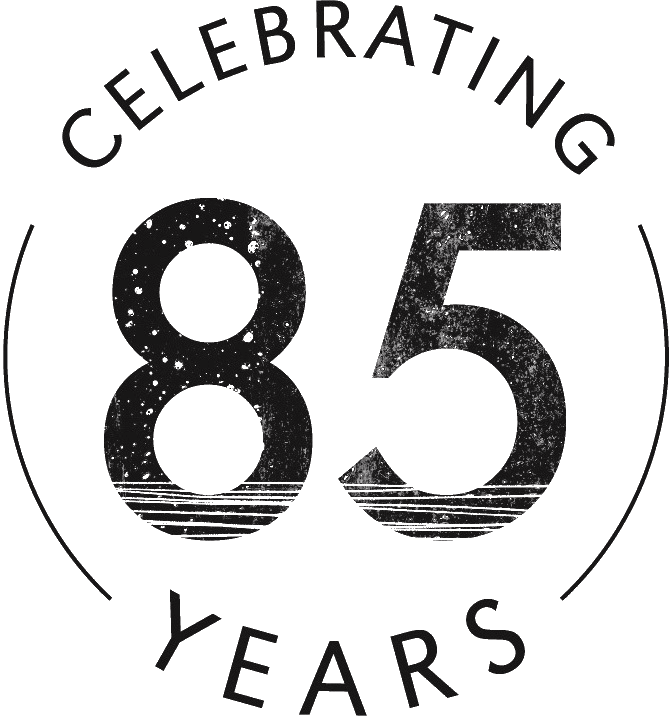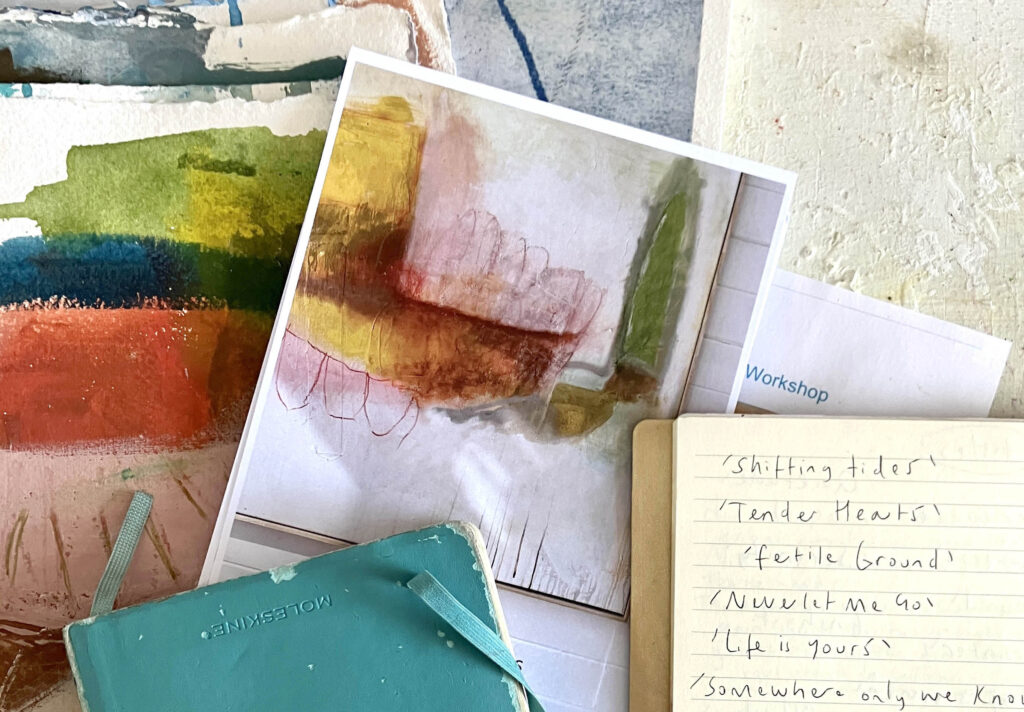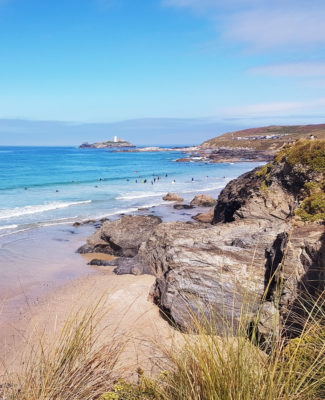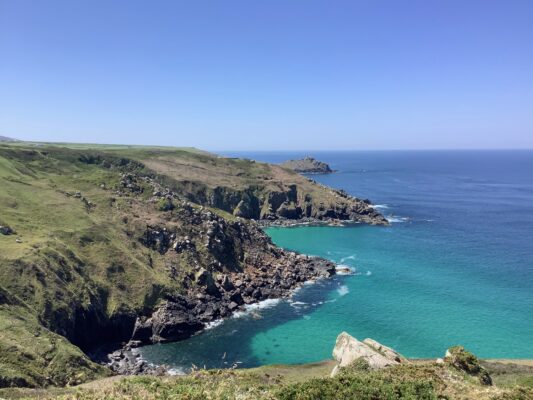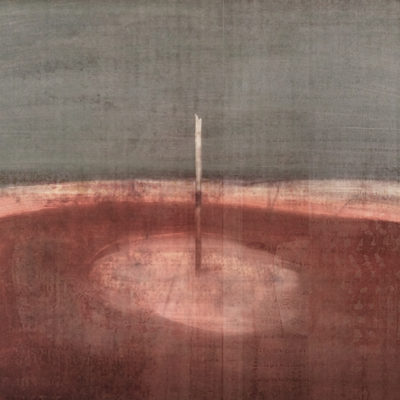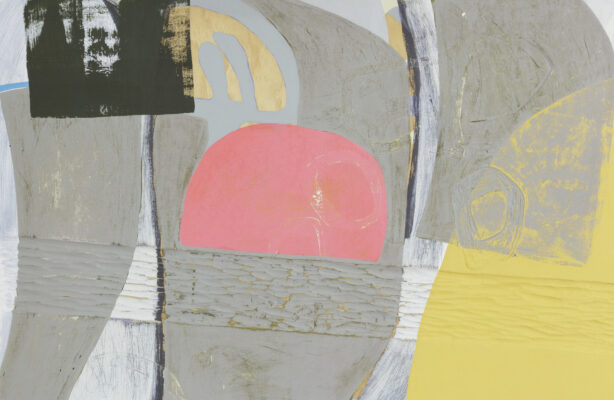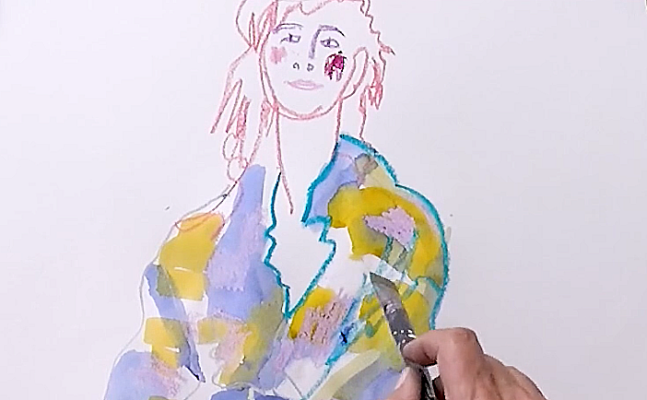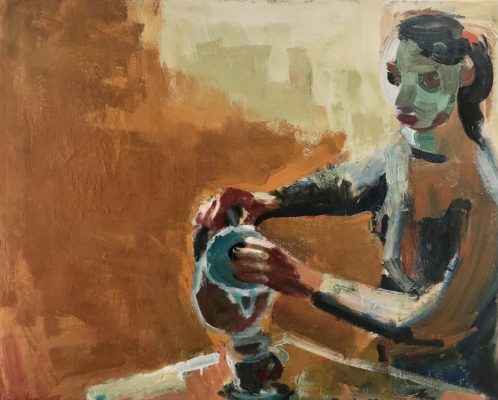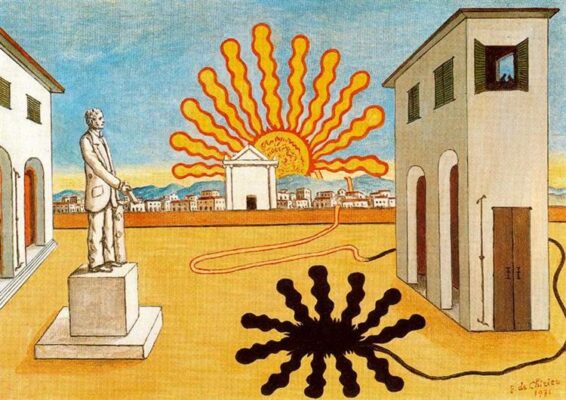Course details
In this course you will be encouraged to explore creative play in your art journals, allowing you to capture your personal curiosities and interests to develop your visual language and bring clarity to your practice.
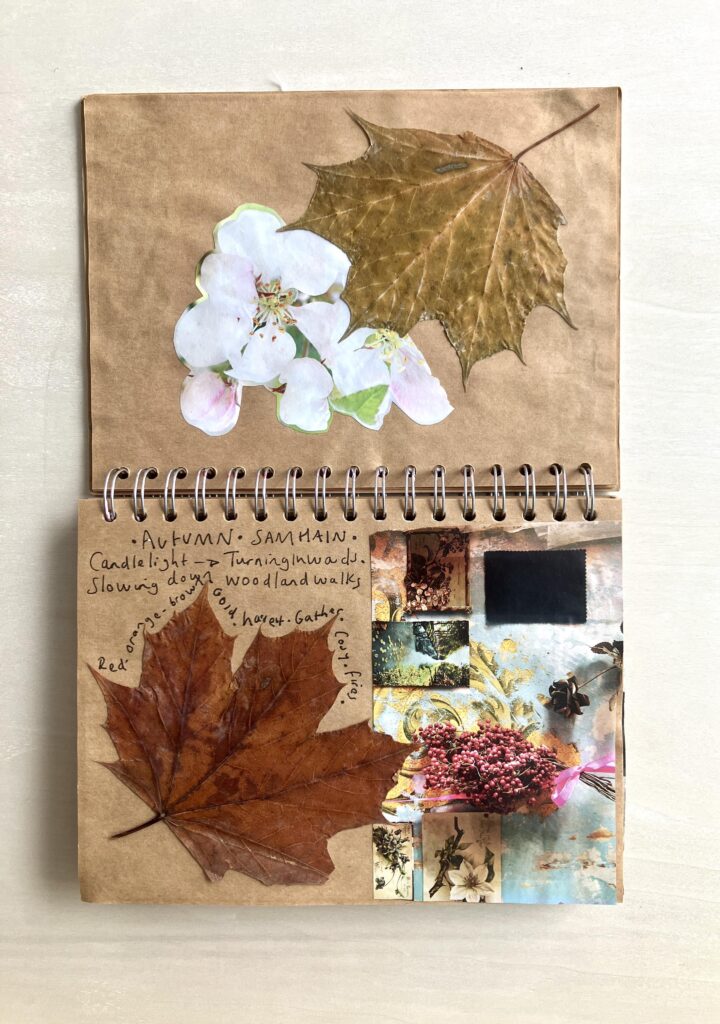
Join artist Laura Menzies, in this four part series, as she shares her tips and tricks to help you kick start your own art journaling practice. Laura will talk about how she used a combination of painting, sketching, colour notes, collage and text to document inspiration whilst travelling recently in India.
Creative play through drawing, painting and colour exercises will help you to strengthen your connection to yourself and written prompts will help you to generate new ideas and perspectives. You will be looking at other artists and how they use art journaling in their art practices alongside completing exercises that will be the foundation for your own exploration. Over the duration of the course you will be working with acrylic paints, inks, collage, stencils and other gathered found materials and handmade tools.
Why can a creative journal be such a valuable tool for an artist?
The scribbles, notes and creative discoveries that you make in a sketchbook/journal can help to bring clarity to your art process, as you identify common themes and recurring motifs that you are drawn to. Reflecting on these will give you an insight into how your style has developed over time and will help to feed and develop other works of art. It is a safe, personal space for you that doesn’t have to be polished or finished.
By the end of this course, you will have gained new skills that will help boost your confidence and guide your art practice when you are feeling stuck or prior to starting a bigger project.
To get the most out of this course, you are encouraged to watch, take notes, and then work through the tasks that Laura will set you in between the sessions. You will then have the chance to share these completed tasks in the Facebook Alumni Group with your fellow students.
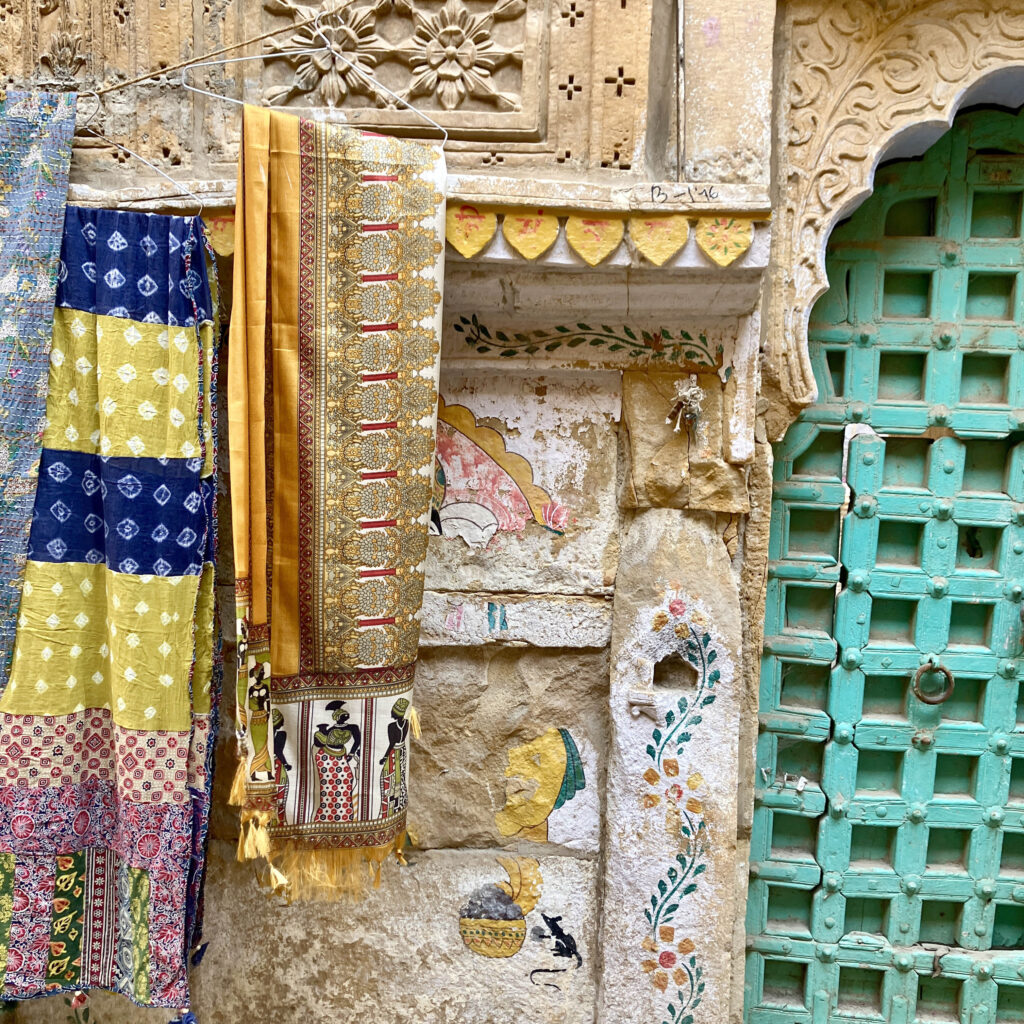
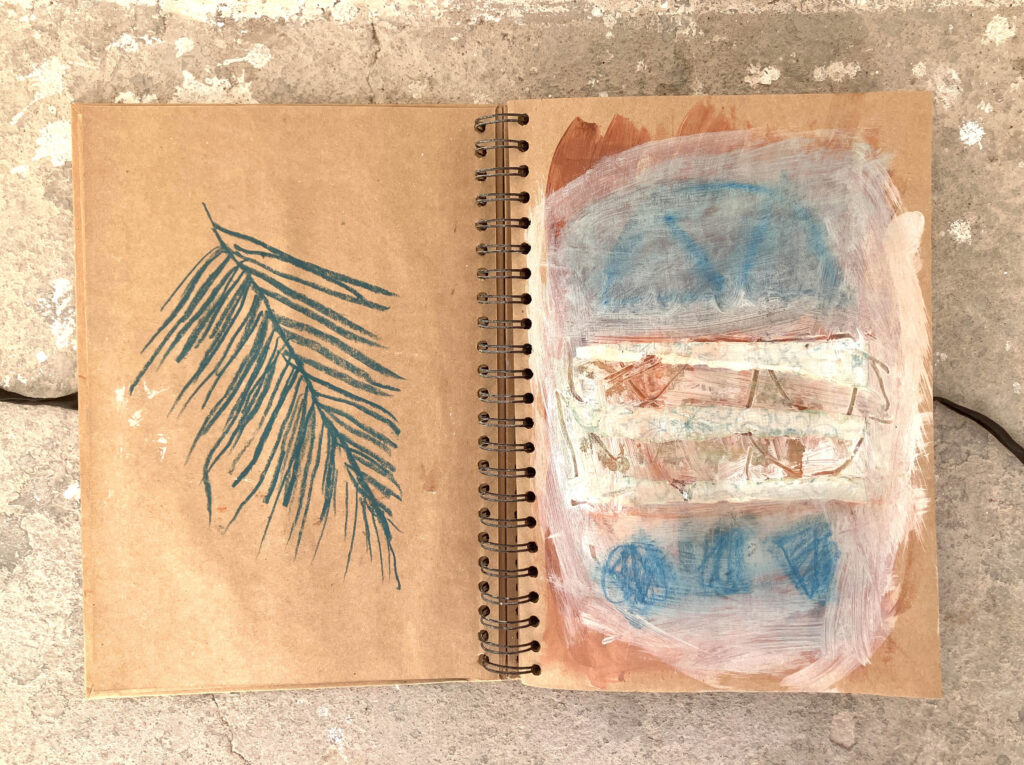
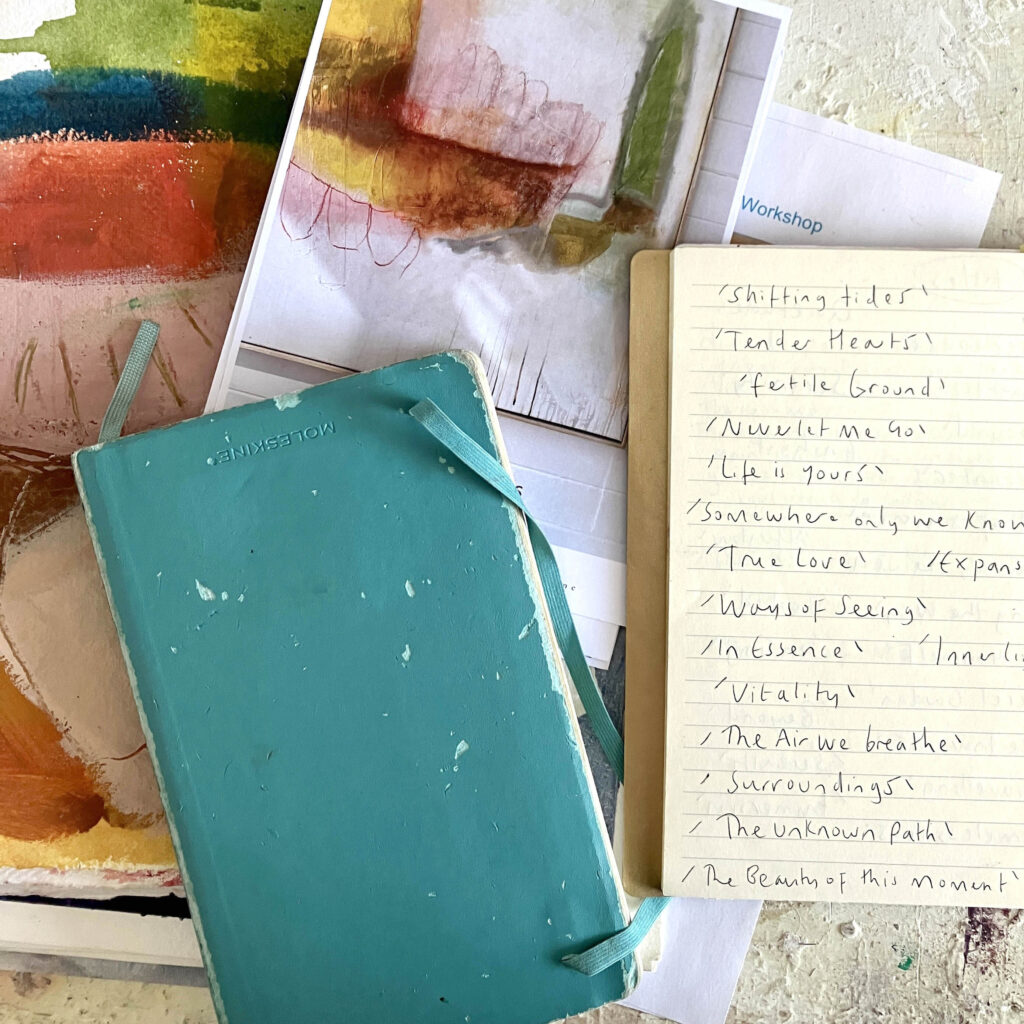
Course Structure
Part 1 – Introductory Session
Setting the Scene: Laura will share her insights into why creative journaling is an important process to strengthen the connection to oneself. Laura will introduce the materials and media that you will be using and exploring in the course. Hear her tips and rituals around preparing for the creative process.
Part 2 – Ways In
Ways In: This session will be about loosening up and experimentation. Start to build your own toolbox of go to exercises that will help you build confidence within your art practice. Expect to dive into some drawing exercises, discover colour palettes that reflect your personal style, explore mark making and collage.
Part 3 – Exploration of Place
Exploration of Place: Explore the items that you have gathered from a special place. Incorporate them into your creative journals through processes such as printing and stencilling. See how these items can inspire the shapes that you draw or be used themselves, to make the tools and brushes that you work with.
Part 4 – Building and Reflection
Building and Reflection: Laura will spend this session demonstrating building up layers and combining the techniques learnt in previous sessions. Incorporate writing into your practice and spend some time looking back, reflecting and connecting the threads. To round up the course, Laura will talk about taking the leap from page to canvas.
What will I learn?
- Ways to connect back to yourself and spark your creativity
- Enjoy the freedom to explore, play and loosen up without judgement
- How to work with acrylic, inks, collage and other mixed media in a sketchbook
- How to gather inspiration and new ideas easily
- How to work with found tools and materials
- Tips on taking the leap from a page to a canvas
Who would this course suit?
No specials skills are needed, just being open to where the course may take you. The course would suit those who are just starting on their creative journey and would benefit from a safe space to explore materials or ideas, and those who would like to explore the possibilities of starting a sketchbook practice.
There is no need for a designated studio space for this course. The exercises can be completed in various locations, whilst traveling or at home with limited materials.
Taught by
What to Bring
A list of materials will be available to see in your account upon purchasing the course.
You will need access to the internet and ideally a PC, laptop or a tablet with audio.
What our students say
Just happiness and a good tutor of course.
It was a great privilege to be allowed to share in Laura’s very personal journals and she was an inspiring and very generous tutor. Thank you so much Laura.
I just loved the way Laura made it seem so easy and uncomplicated.
I found the whole thought process that your journal is your private space and you don’t have to share so refreshing. Just a fantastic structure which I hope is going to enable me to re-establish my working practice. Thank you so much, very much appreciated.
The course removes the pressure to produce something ‘perfect’ – and then be dissatisfied with it! By journaling one can capture brief moments, thoughts, feelings, images which have somehow made an impact. I find by reflecting on them later this leads to a better formed idea of a finished piece – which of course then has a much more personal impact.
FAQs
Online Art Courses
How can I get help in choosing a course?
Our friendly expert staff are always happy to discuss your needs and our courses in more detail to help you with your decision. Please call us on 01736 797180
Do I need a webcam/any equipment?
For our webinar sessions which are broadcast on the internet and no webcam or microphone is needed as you just need to be able to see/hear hosts and you can communicate using the chat function. You can watch using a PC, Smart TV or tablet. A phone isn’t ideal as you will struggle to see enough unless you can miracast to a screen or smart TV.
For the longer online courses on Zoom you will need a laptop or tablet with audio and camera enabled so you can have a screen near where you are working. If you have a PC without camera or speakers, you can purchase a plug and play webcam for approx £25 which connects to a usb port. You will also need reasonable broadband connection and speed.
All the art materials and equipment needed to participate in the course will be listed in full on the online learning platform, for live webinars this will be a minimum of two weeks before the session starts.
I have registered for the webinar but I can't find my joining link
You can access all the resources and joining link for your webinar via our online learning platform. You will need to have set up an account on our online learning platform in advance. You can do this during the checkout process when purchasing your webinar. If you are having trouble accessing your online account, please contact [email protected]. You can use a PC or tablet or even cast from your phone to watch on your Smart TV.
I paid for the session but missed it, how can I watch?
Currently all our online sessions are recorded and you can access the recording on our online learning platform until it expires. Usually 60 days for a webinar, 90 – 180 days for multipart webinars or online courses.
Studio Courses
How can I get help in choosing a course?
Our friendly expert staff are always happy to discuss your needs and our courses in more detail to help you with your decision. Please call us on 01736 797180
How do I get my work home?
Tutors have special techniques for transporting oil paintings and the school has plastic folders available in our shop for £3.50 or do bring a portfolio.
For international students we are happy to arrange transportation of your work back home.
What do I need to bring?
Absolutely nothing! All materials and aprons are provided although some people do like to bring their own set of brushes.
What do I do for lunch?
Courses allow an hour’s break for lunch and there are numerous places nearby or you are welcome to bring a packed lunch into the studio.
What times do courses run?
Most of our courses start at 10am and end at 4.30pm on the first day. Subsequent days we start at 9.30am ending at 4pm.
Weekend Courses run 10am – 4pm on the first day but the final day starts at 9.30 and ends at 3.30 with a short lunch break to enable people to get home that evening.
Do you have to be experienced to come to the School?
The School is a very friendly and welcoming place for all ages and experience. Our drop-in life classes and August half-day workshops are ideal for those wanting to have a go for the first time. Most of our longer courses are also fine for novices.
If any of the courses do need a bit of experience we flag this up in the brochure and on the website.
Booking a Course
How can I reserve a place?
We will hold a provisional reservation for 24 hours if you give us a call whilst you find accommodation. Otherwise please book online or by telephone 01736 797180.
You can reserve a place with a £100 deposit; balance is due 12 weeks before course start date.
About St Ives
Where do I park?
The nearest long stay public car parks are the Island and Barnoon Long Stay Car Park, both a 5 minute walk away. In the peak summer months it may be easier to park at Trenwith Car Park by the leisure centre and walk down into town. If you don’t fancy the walk up the hill at the end of the day there is a shuttle bus which runs from outside the cinema.
How do I get there?
Public Transport: If you are coming from further afield the main train line runs into St Erth which is a 15 min taxi ride away or you can take the St Ives Bay Line which runs approx. every 30 minutes. The School is a 10 minute walk from St Ives station.
Driving: M5 will take you to Exeter where we recommend that you take the A30 across Bodmin Moor and into Cornwall. After passing Hayle, leave the A30 at St Erth roundabout for St Ives. Turn right at the second roundabout. This road will take you through Lelant and Carbis Bay into St Ives.
Where can I stay?
St Ives has a huge selection of hotels, guest houses and self catering accommodation to choose from. Please browse the art holidays St Ives section on our website and give us a call if you would like any help.
